Emily White is ready to dive into her future. White, a McIntosh High junior, has been studying and experimenting on oyster repopulation in the Apalachicola Bay area.
White is part of the Work Based Learning program, and, with the help of her mentor Seth Bishop, she has been conducting a personal study on artificial oyster reefs and their efficacy in repopulation of oysters in the Apalachicola Bay region. She is currently testing different concrete mixes to see which mix attracts the most baby oyster, or spat, to settle on the reef to see what would potentially produce the most oysters.
With assistance from the Florida Department of Natural Resources, she has partnered with Chris Matechik at the Florida State University Coastal Marine Lab, and he helped White conduct field tests. Along with graduate students from FSU, including Elana Hutner and Jenny Bueno, she conducted an experiment where she placed concrete testing blocks about 25 feet off the shoreline. She came back to collect the samples almost 2 months later and count the number of spat that had attached to each block, running statistical tests to see if there was a significant difference between the number of spat attached to each concrete mix.
For the first piece of the project, White centered on water quality testing where she checked to ensure the concrete mixes she devised wouldn’t change water parameters. She originally conducted it for her school’s science fair and saw it advance to the Regeneron International Science and Engineering Fair (ISEF). She is building on it this year with the goal of returning to ISEF, while already presenting at conferences like the Georgia Science Teachers Association Conference to share Apalachicola’s story.
The connection was first forged starting with a trip to Apalachicola in 2018. Her dad, Dr. Donald White, the science coordinator for Coweta County Schools, planned a field trip to the Apalachicola National Estuarine Research Reserve (NERR) for his teachers, and Emily and her mother, Dr. Amanda White, the media specialist at Peachtree City Elementary, joined the journey.
“After seeing the incredible range of organisms in the bay region and how deeply the townspeople cared for their environment, I was hooked,” she said.
She read about the declining oyster population in the bay region, and she witnessed first-hand how the population decline was negatively affecting the people in Apalachicola. Restaurants had to change where they ordered oysters from as the famous local oysters were no longer plentiful, and many generational oystermen had to change their lifelong careers because there weren’t enough oysters to support the market.
“I knew that I wanted to do something to help this issue, so, in 10th grade, I embarked on this journey of building artificial oyster reefs.”
The work has ignited her passion and helped her decide on her future.
“I fell in love with working in the environmental field, especially at FSU, and I have worked hard to network with professionals in environmental sciences to see what options I have for the future,” said White, noting that she would love to work with Apalachicola NERR and the Department of Natural Resources. “I want to be some sort of biologist at the moment, but there are lots of enticing opportunities in environmental policy as well. Overall, I just want to continue studying the region I love.”
— This article provided by the Fayette County School System.








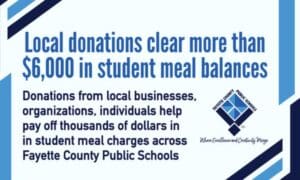
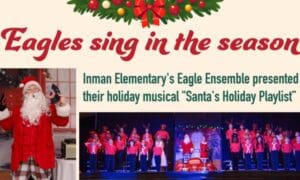
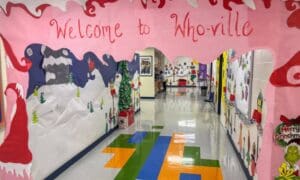
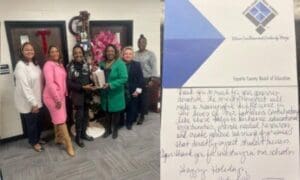
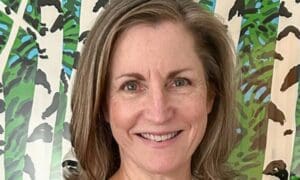
Leave a Comment
You must be logged in to post a comment.